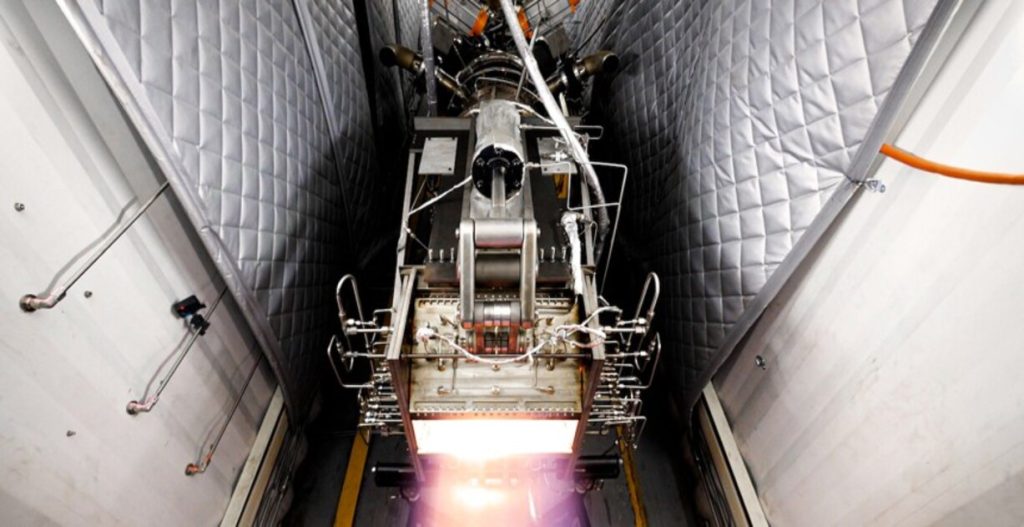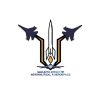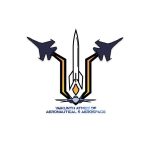A New Era of Flight: Engine Tests Move Hypersonic Aircraft to New Heights
Our Recent News Trends

Hermeus has successfully completed a significant test of its new-design engine, marking a major milestone for the startup in its journey towards developing reusable hypersonic aircraft.
The company conducted a series of tests at the Notre Dame Turbomachinery Laboratory in Indiana, during which its engine, named Chimera, seamlessly transitioned between turbojet and ramjet power. This achievement is believed to be the first of its kind by a commercial company.
Glenn Case, Hermeus’ chief technical officer, emphasized the importance of this test campaign in making hypersonic flight a reality. He stated in an interview, “This test campaign is one of the most crucial milestones, as it helps us mitigate risks and progress further. It serves as proof that small teams can accomplish remarkable feats, rapidly designing, building, and testing hardware with significantly lower budgets compared to our industry peers.”
Over a period of three months, Hermeus conducted the testing and successfully completed the conversion from turbojet to ramjet multiple times, as confirmed by company officials. The trials concluded earlier this week.
Hermeus, backed by venture capital, emerged on the aviation scene in 2019 with ambitious plans for hypersonic passenger aircraft. In 2020, it secured a $1.5 million contract from the U.S. Air Force to explore the potential use of hypersonic aircraft for transporting high-ranking government officials worldwide. Since then, the company has announced its intentions to develop both military and commercial aircraft. It has received additional funding from the Air Force, with support from Raytheon Technologies, the parent company of Pratt & Whitney, an aircraft engine manufacturer.
The remarkable progress made by Hermeus has garnered attention from top officials at the Pentagon. The company was among a select group of large and small firms invited to a high-profile meeting with Defense Secretary Lloyd Austin and Deputy Defense Secretary Kathleen Hicks to discuss advancements in hypersonic technology.
Hermeus’ ultimate goal is to construct the world’s first reusable hypersonic aircraft, pushing the boundaries of aviation innovation.
To achieve a speed of Mach 5, or five times the speed of sound, the aircraft relies on a combination of two engines developed by Hermeus engineers. The first engine is a turbo-jet, which provides power during take-off and landing, as well as at lower speeds. Through a specialized cooling method, the turbo-jet engine is able to operate at higher temperatures and faster speeds. As the aircraft reaches speeds between Mach 2 and Mach 3, the turbo-jet transitions to a ramjet engine, which propels the plane at hypersonic speeds.
The transition from the turbo-jet to the ramjet engine is a complex process that involves a series of doors and valves to redirect the airflow into the engines. This switch occurs over a span of approximately five seconds during testing. Once the aircraft reaches Mach 3, the turbo-jet engine shuts down completely, and the ramjet engine takes over as the sole power source. During the test, engineers were able to simulate speeds close to Mach 4.
Case, a representative from Hermeus, acknowledged the challenges involved in achieving this transition, stating, “That’s actually pretty tricky and pretty difficult.” He emphasized the significance of the test campaign, highlighting not only the successful transition from the gas turbine engine mode to the ramjet mode but also the speed at which it was accomplished.
Hermeus took on the task of designing, building, and conducting the engine test within a remarkable timeframe of 21 months. The project cost a mere $18 million, a fraction of what large defense firms typically spend on similar military endeavors. One contributing factor to the lower cost was the utilization of an off-the-shelf J85 turbojet by the company’s engineers. Additionally, 3D printing technology was employed for approximately 15 percent of the engine parts.
While the first aircraft, named Quarterhorse, is being constructed, Hermeus plans to continue conducting further engine testing in the upcoming months. The company aims to unveil the aircraft next year, marking a significant milestone in their journey. As Case stated, “We’re not an airplane company till we start building airplanes. We’re funded to flight—and we’re gonna go fly.”


